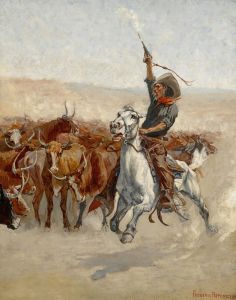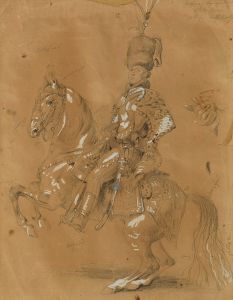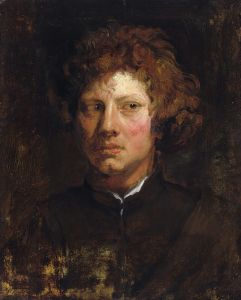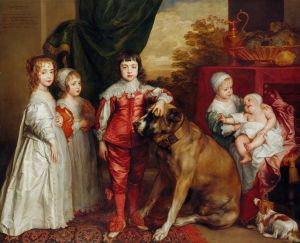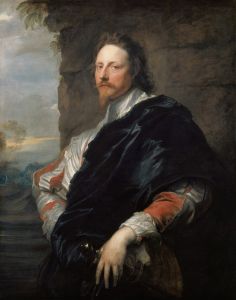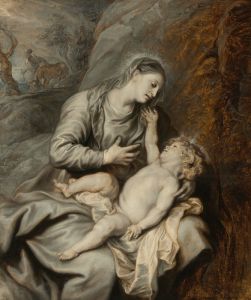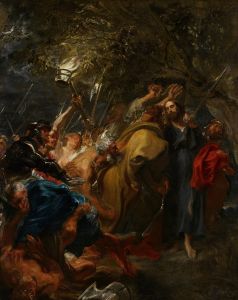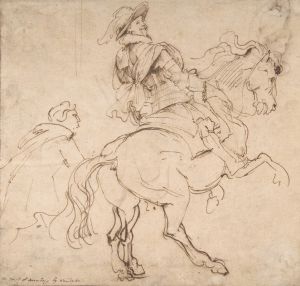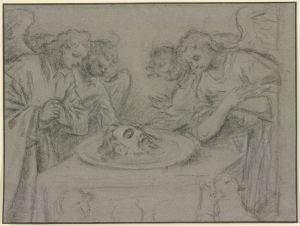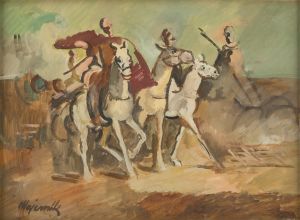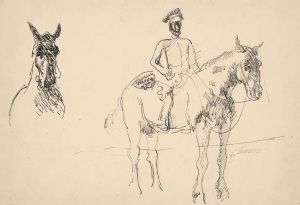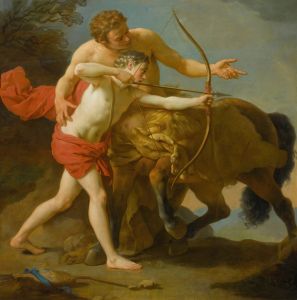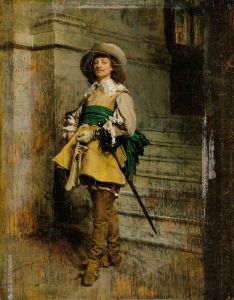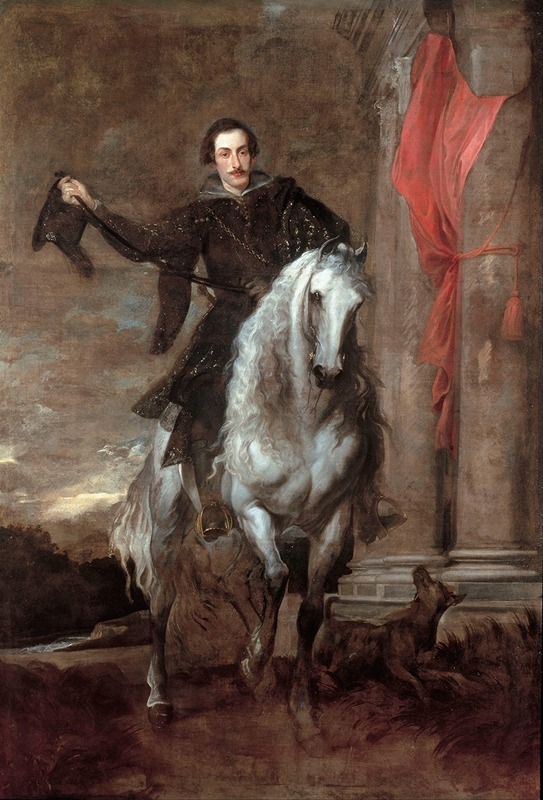
Anton Giulio Brignole-Sale On Horseback
A hand-painted replica of Anthony van Dyck’s masterpiece Anton Giulio Brignole-Sale On Horseback, meticulously crafted by professional artists to capture the true essence of the original. Each piece is created with museum-quality canvas and rare mineral pigments, carefully painted by experienced artists with delicate brushstrokes and rich, layered colors to perfectly recreate the texture of the original artwork. Unlike machine-printed reproductions, this hand-painted version brings the painting to life, infused with the artist’s emotions and skill in every stroke. Whether for personal collection or home decoration, it instantly elevates the artistic atmosphere of any space.
"Anton Giulio Brignole-Sale On Horseback" is a notable painting by the renowned Flemish Baroque artist Anthony van Dyck. This artwork is a striking example of van Dyck's skill in portraiture, particularly in capturing the nobility and grandeur of his subjects. Painted in the early 17th century, during van Dyck's Italian period, the portrait depicts Anton Giulio Brignole-Sale, a prominent figure from Genoa, Italy.
Anthony van Dyck, born in 1599 in Antwerp, was a highly influential painter known for his portraits of European aristocracy. He was a leading court painter in England and a significant figure in the development of Baroque art. Van Dyck's style is characterized by its elegance, attention to detail, and the ability to convey the personality and status of his subjects.
Anton Giulio Brignole-Sale was a member of the distinguished Brignole family, which played a significant role in the political and cultural life of Genoa. The Brignole family was known for its wealth and influence, and Anton Giulio himself was a diplomat and a man of letters. His status and prominence in Genoese society made him an ideal subject for van Dyck's portraiture.
In "Anton Giulio Brignole-Sale On Horseback," van Dyck captures the essence of Brignole-Sale's nobility and authority. The painting shows him mounted on a horse, a pose traditionally associated with power and leadership. The equestrian portrait was a popular format for depicting rulers and military leaders, emphasizing their control and command. Van Dyck's composition highlights the elegance and poise of both the rider and the horse, showcasing his mastery in rendering both human and animal forms.
The background of the painting is typically Baroque, with dramatic skies and a sense of movement that adds to the dynamic quality of the portrait. Van Dyck's use of color and light enhances the regal presence of Brignole-Sale, with rich tones and contrasts that bring the figure to life. The attention to detail in the clothing and armor further emphasizes the subject's status and wealth.
This painting is part of van Dyck's broader body of work during his time in Italy, where he was heavily influenced by the local artistic traditions and the works of other masters such as Titian. Van Dyck's Italian period was crucial in the development of his style, allowing him to refine his approach to portraiture and expand his repertoire.
"Anton Giulio Brignole-Sale On Horseback" is a testament to van Dyck's ability to convey the grandeur and dignity of his subjects. The painting remains an important example of Baroque portraiture and reflects the cultural and historical context of 17th-century Genoa. Today, it is appreciated not only for its artistic merit but also for its historical significance, offering insight into the lives and status of the European elite during this period.





